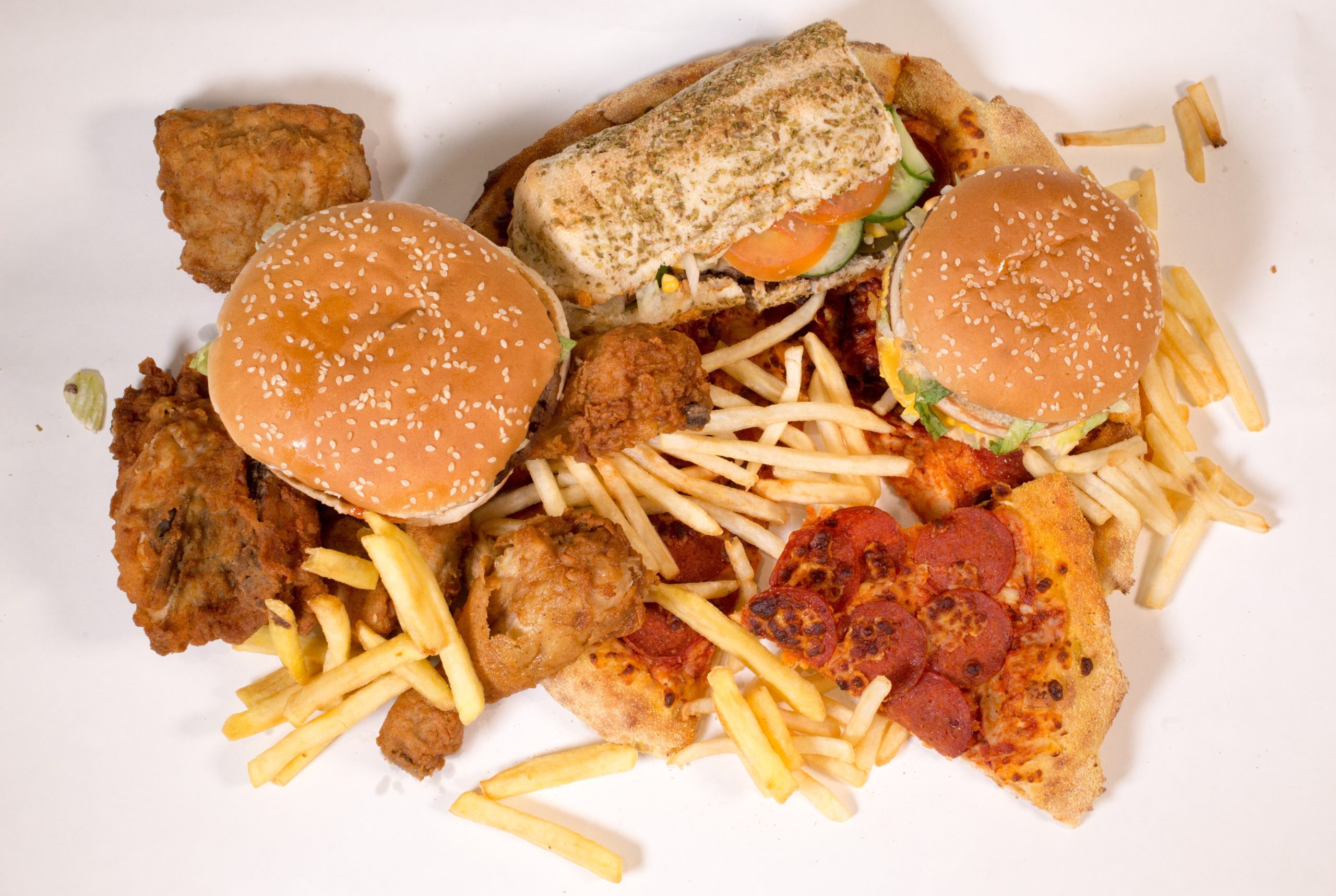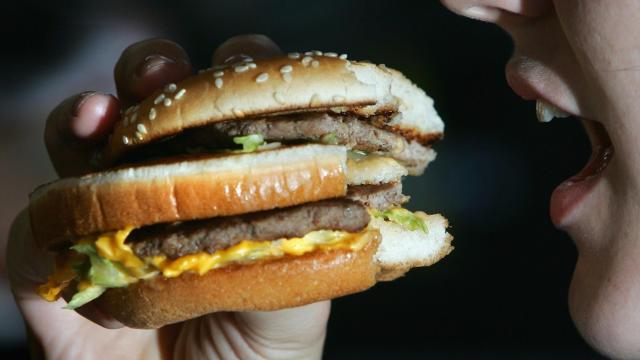A depressing new report finds that U.S. kids and teens are eating even more ultra-processed foods than they were 20 years ago, with those foods now constituting over two-thirds of their diets.
Ultra-processed foods are heavily altered, with numerous added ingredients like fats, starches, sugars, food dyes, and stabilizers. These added components can make the food look different, taste different, or extend its shelf life in comparison with minimally processed foods that are pretty much consumed as they occur naturally. (In other words, no doughnut is a minimally processed food.) Consumed in excess, these foods are linked to obesity, heart disease, and ultimately, mortality. But in the United States, we have a dependency on the stuff.
There are various definitions of what constitutes ultra-processed food, but the United Nations’ Food and Agricultural Organisation has a helpful classification system. Ultra-processed foods are not created equally; some of that processing fortifies the food with additional nutrients, though many of processes strip the foods of fibres and proteins and replace them with sugar and salt. The new research on youth consumption of ultra-processed foods is published today in the journal JAMA.

The researchers looked at the dietary habits of American children between 2 and 19 years old, using 10 cycles of data from the National Health and Nutrition Examination Survey. This survey is a CDC-organised program of health studies that take stock of numerous diseases and health indicators, including nutrition, in about 5,000 American adults and children each year. They found that by 2018, 67% of total caloric intake among children and young adults was from ultra-processed foods, compared to 61% in 1999. (That earlier number was also not good; apparently dietary habits are backsliding from bad to worse.) That caloric spike was broken down further by the research team: The largest increase in caloric intake from ultra-processed foods was from ready-to-eat and frozen foods, which sprung from 2.2% to 11.2% of the total calorie consumption. The next largest jump was in packaged snacks and desserts, which increased from 10.6% to 12.9% of total consumption. Calories from minimally processed foods fell from 28.8% to 23.5% of total diet.
On the bright side, calories from sweetened beverages halved, from 10.8% to 5.3% of overall calories.
The team saw no significant differences in ultra-processed food consumption across economic groups or parents’ education levels. “The lack of disparities based on parental education and family income indicates that ultra-processed foods are pervasive in children’s diets,” said Fang Fang Zhang, a nutrition epidemiologist at Tufts University and a co-author of the study, in a university press release. “This finding supports the need for researchers to track trends in food consumption more fully, taking into account consumption of ultra-processed foods.”
